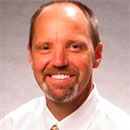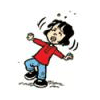Health Advice
/Health
Men under 40 are most at risk for testicular cancer. Few know it
Many people don't know it, but men under age 40 are the most likely age group to develop testicular cancer.
Just ask Jay Riepenhoff of Upper Arlington, Ohio, who was 29 and still adjusting to life as a new father when he discovered a suspicious lump.
He wasn't thinking cancer. In fact, Riepenhoff got up for work the next morning and forgot all...Read more
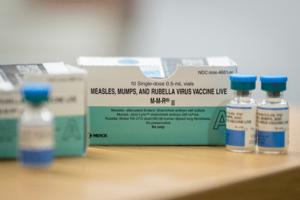
Measles exposure reported at Wesley Medical Center in Wichita, Kansas
The Kansas Department of Health and Environment has announced that there was a measles exposure this week at Wesley Medical Center in Wichita.
On Friday, the agency gave details of the exposure. It occurred from 10 p.m. Tuesday until 4:45 p.m. Thursday on the fifth floor of the pediatric unit in Building 4. Wesley is located at 550 N. Hillside....Read more
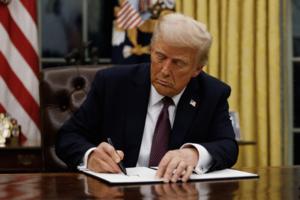
'Chaotic and deeply frightening': Once a global gold standard, US government health guidance is falling apart
LOS ANGELES — Weeks after President Donald Trump took office, multiple government webpages referencing gender and sexual orientation abruptly disappeared from the internet.
Many returned after a February court order. But they came with an unusual addition: a disclaimer from the Department of Health and Human Services denying facts provided by...Read more
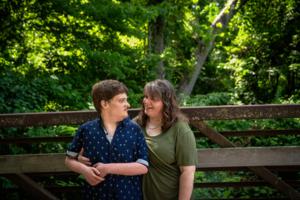
To keep Medicaid, mom caring for disabled adult son faces prospect of proving she works
Four years before Kimberly Gallagher enrolled in Medicaid herself, the public health insurance program’s rules prompted her to make an excruciating choice — to give up guardianship of her son so she could work as his caregiver.
Now, another proposed twist in the rules could mean that, even though Missouri pays her to do that work, she might...Read more

GOP governors mum as Congress prepares to slash Medicaid spending for their states
The last time a Republican-controlled Congress and President Donald Trump moved to slash Medicaid spending, in 2017, a key political force stood in their way: GOP governors.
Now, as Congress steamrolls toward passing historic Medicaid cuts of about $1 trillion over 10 years through Trump’s tax and spending legislation, red-state governors are...Read more
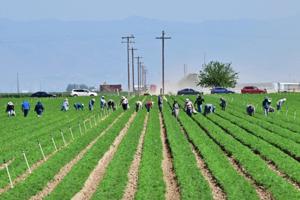
California immigrants weigh health coverage against deportation risk
For months, Maria, 55, a caregiver to older adults in California’s Orange County, has been trying not to smile.
If she opens her mouth too wide, she worries, people will see her chipped, plaque-covered front teeth. An immigrant without legal status, Maria doesn’t have health or dental insurance. When her teeth start to throb, she swallows ...Read more
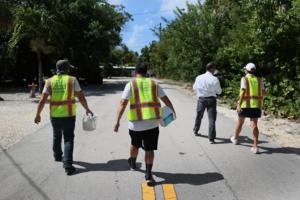
As mosquito season peaks, officials brace for new normal of dengue cases
As summer ushers in peak mosquito season, health and vector control officials are bracing for the possibility of another year of historic rates of dengue. And with climate change, the lack of an effective vaccine, and federal research cuts, they worry the disease will become endemic to a larger swath of North America.
About 3,700 new dengue ...Read more

'MAHA Report' calls for fighting chronic disease, but Trump and Kennedy have yanked funding
The Trump administration has declared that it will aggressively combat chronic disease in America.
Yet in its feverish purge of federal health programs, it has proposed eliminating the National Center for Chronic Disease Prevention and Health Promotion and its annual funding of $1.4 billion.
That’s one of many disconnects between what the ...Read more
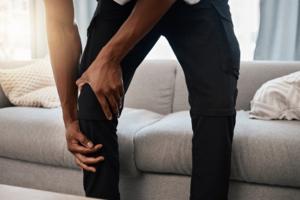
Mayo Clinic Q&A: It's a new era for knee replacements and other joint surgeries
DEAR MAYO CLINIC: I know there's a knee replacement in my not too distant future. I'm wondering if there are new techniques or technologies that will give me a good outcome?
ANSWER: Not so long ago, undergoing a total hip or knee replacement and recovery was a grueling and often painful ordeal. While these are still major surgeries, new ...Read more
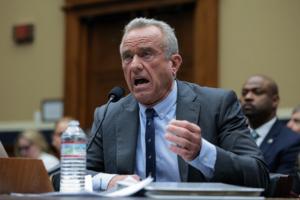
What is thimerosal? Here's a primer on the argued-over vaccine ingredient
The seven new members of the Advisory Committee on Immunization Practices revived a decades-old debate with a Thursday vote in favor of recommending seasonal flu vaccines — only if they're free of the preservative thimerosal.
It's in relatively few vaccines in the U.S. today, though organizations including the American Academy of Pediatrics, ...Read more
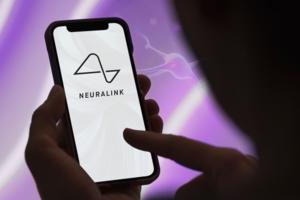
Brain chip made by Elon Musk's company put into paralyzed military vet. What to know
MIAMI — A paralyzed military veteran is one of seven people in the country to be implanted with an Elon Musk-backed brain chip as part of a clinical trial underway in South Florida.
The goal is to test whether the chip, created by Neuralink, a company co-founded by Musk, can give people who are paralyzed the ability to use their mind to ...Read more
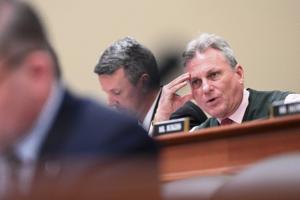
Rep. Carter, seeking Georgia Senate seat, surrenders Health gavel
WASHINGTON — Rep. Earl L. “Buddy” Carter will step down as chairman of the House Energy and Commerce Subcommittee on Health, he announced Wednesday.
Carter, a Georgia Republican who is challenging presumptive Democratic nominee Sen. Jon Ossoff for Senate in 2026, made the announcement via a press release Wednesday as House Republicans ...Read more
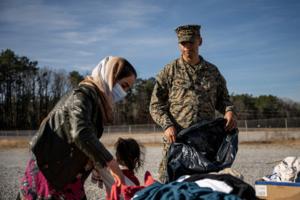
Health care would be slashed even for immigrants with legal status under massive Senate bill
Provisions in the new tax and spending bill passed by the U.S. Senate early Tuesday would go even further than the House bill in removing health care and other benefits from immigrants with legal status.
The House version of the massive tax and spending bill penalized states providing health care for some immigrants with legal status as well as...Read more
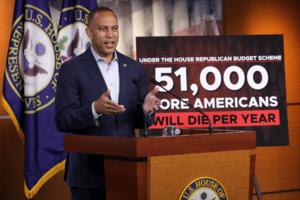
Republican megabill will mean higher health costs for many Americans
President Donald Trump’s “One Big Beautiful Bill” cuts federal spending on Medicaid and Affordable Care Act marketplaces by about $1 trillion over a decade, according to the nonpartisan Congressional Budget Office, threatening the physical and financial health of tens of millions of Americans.
The bill, which the Senate passed Tuesday, ...Read more
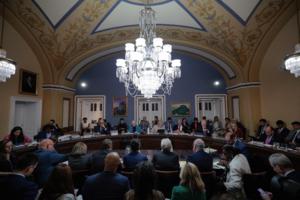
Analysis: To cut Medicaid, the GOP's following a path often used to expand health care
President Donald Trump’s “One Big Beautiful” budget reconciliation bill would make some of the most sweeping changes in health policy in years, largely affecting Medicaid and Affordable Care Act plans — with reverberations felt throughout the health care system.
With only a few exceptions, the budget reconciliation process — which ...Read more
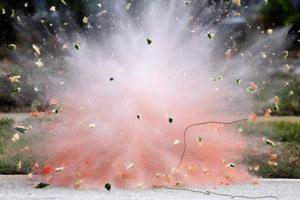
Burns and fireworks injuries: What to do when seconds count this July 4th
FORT LAUDERDALE, Fla. – From a barbecue explosion to a severe firework injury, a lot can go wrong when celebrating the Fourth of July.
When it does, minutes – even seconds – can significantly impact the extent of the injury.
“Just know that alcohol impairs your reaction time,” said Dr. Randy Katz, Memorial Healthcare System’s ...Read more
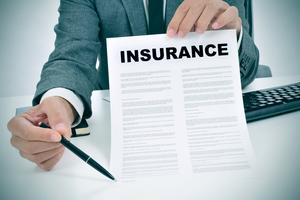
What about those ‘guaranteed’ life insurance ads?
How many times have you seen a TV commercial or received a letter stating that you can’t be turned down for this life insurance?
“Guaranteed issue” or “guaranteed acceptance” whole life insurance doesn’t require a medical examination or answering medical history questions for approval. In many cases, you must only meet the age ...Read more
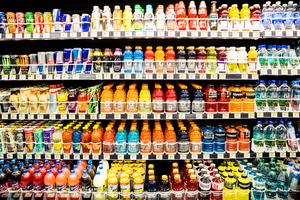
Environmental Nutrition: Can soft drinks, sports drinks and energy drinks fit into a healthy diet?
In looking for an alternative to sugar-laden sodas, many turn to sports drinks, energy drinks, and some of the newer “healthy” sodas. But are those beverages actually a better choice to wash down your lunch?
Traditional sports drinks were developed for a college football team practicing all day in the hot sun. They contain sugar, sodium, ...Read more

5 foods to stock up on in July
While the gourds of fall and the grassy green shoots of spring have their charm, it’s the summer produce that often brings the most joy. July is one of the best times to enjoy a wide variety of fruits and vegetables, and these are some that dietitians recommend stocking up on.
1. Tomatoes
Tomatoes are an excellent example of summer produce ...Read more
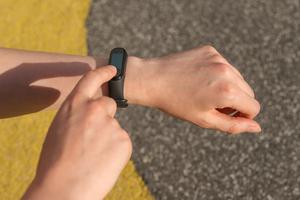
Counting steps is good — is combining steps and heart rate better?
Have you met your step goals today? If so, well done! Monitoring your step count can inspire you to bump up activity over time.
But when it comes to assessing fitness or cardiovascular disease risk, counting steps might not be enough. Combining steps and average heart rate (as measured by a smart device) could be a better way for you to assess ...Read more
Popular Stories
- Analysis: To cut Medicaid, the GOP's following a path often used to expand health care
- 'MAHA Report' calls for fighting chronic disease, but Trump and Kennedy have yanked funding
- 'Chaotic and deeply frightening': Once a global gold standard, US government health guidance is falling apart
- Mayo Clinic Q&A: It's a new era for knee replacements and other joint surgeries
- To keep Medicaid, mom caring for disabled adult son faces prospect of proving she works


